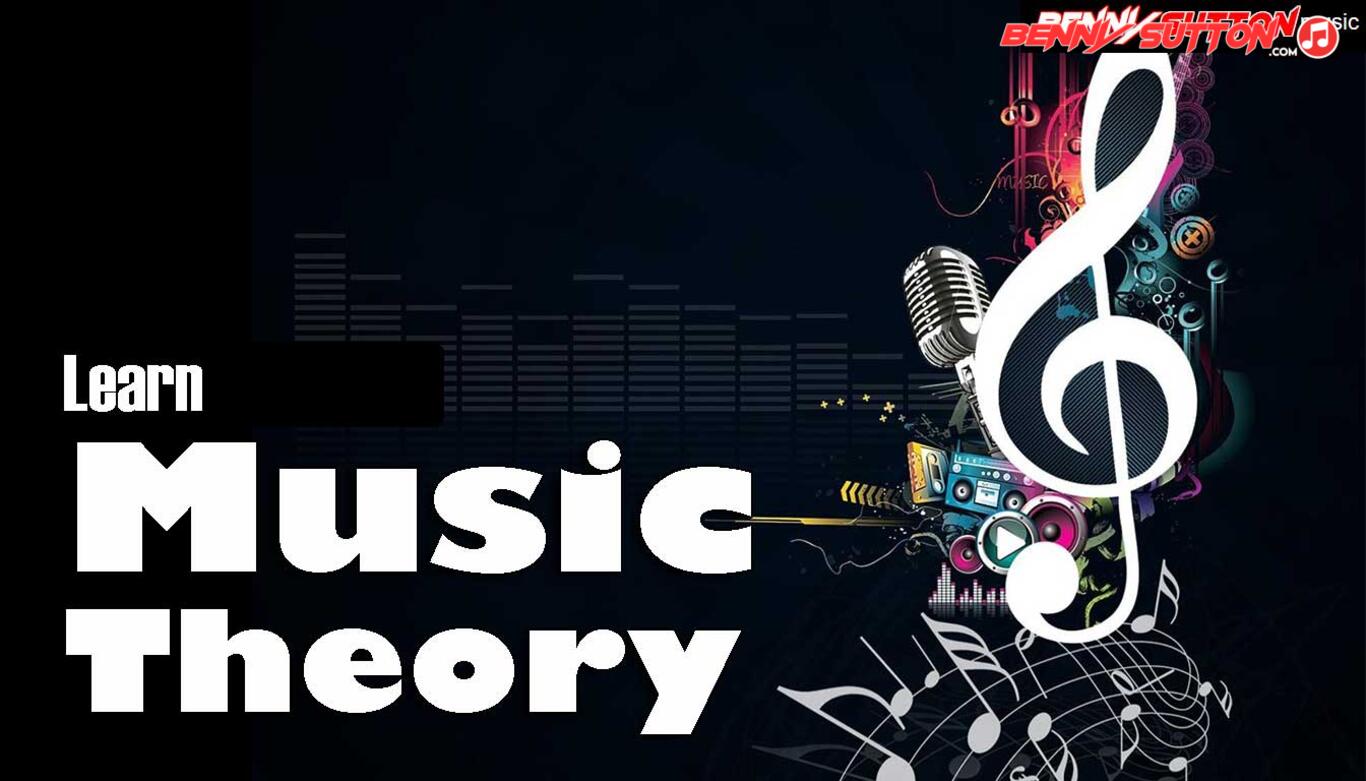Dyad root–fifth; no third; tight, overdrive-friendly harmony in rock/metal.
Power Chords
Power chords are the raw, stripped-down backbone of rock, punk, and metal guitar harmony.
Technically not full chords at all, they are dyads—made of only two notes, the root and the perfect fifth—sometimes with the octave doubled for extra weight.
Their simplicity makes them tonally ambiguous: they’re neither major nor minor, and that neutrality allows them to fit under virtually any vocal or lead-guitar line.
Structure
Formula:
Root – Perfect 5th (– Octave optional)
Example (E5):
E – B (– E)
| Name | Notes | Intervals (from root) | Comment |
|---|---|---|---|
| C5 | C–G | 0 – 7 | Pure fifth—no third |
| D5 | D–A | 0 – 7 | Standard movable shape |
| E5 | E–B | 0 – 7 | Open-string staple in rock |
| A5 | A–E | 0 – 7 | Common in blues and grunge |
| G5 | G–D | 0 – 7 | Riff workhorse |
Notation
Power chords are written with the number 5 (e.g., C5, G5, F#5).
That “5” represents the perfect fifth interval, distinguishing it from full triads (which would be labeled C, Cm, etc.).
Tonal Character
- Mood: bold, raw, assertive
- Tonality: neutral — no 3rd means neither major nor minor
- Function: harmonic foundation for riffs and rhythm playing
- Texture: thick and unified, especially when doubled at the octave
This neutrality makes power chords extremely flexible; melody or bass notes can define the key while guitars provide sheer force.
Common Fingerings (Guitar, Standard Tuning)
| Root on | Shape | Example | |
|---|---|---|---|
| 6th string | 1-3-3 (fingers 1-3-4) | G5 = 3-5-5-x-x-x | |
| 5th string | 1-3-3 (fingers 1-3-4) | C5 = x-3-5-5-x-x | |
| 4th string | 1-3-3 | F5 = x-x-3-5-5-x | |
| Drop-D tuning | 1-1 | D5 = 000xxx → 5xx | (one-finger shape) |
Power chords are movable: slide the shape anywhere to change key, keeping the same spacing.
Variations
| Type | Formula | Example | Sound |
|---|---|---|---|
| Octaved (1–5–8) | Adds octave of root | E–B–E | Heavier and fuller |
| Inverted (5–1) | Fifth in bass | G–C | Used for descending riffs |
| Extended (add9) | 1–5–9 | E–B–F# | Brighter modern tone |
| Drop tuning | Power chord root shifted down | D5 (D–A) | Deeper, heavier resonance |
Sound and Function
Power chords are fundamentally intervallic, not harmonic.
Their energy comes from the perfect fifth, one of the most consonant and stable intervals in music, yet when amplified with distortion, its overtones collide to produce the signature gritty sound of rock.
Common Progressions
| Progression | Example (in A) | Usage |
|---|---|---|
| I–♭VII–IV | A5–G5–D5 | Classic rock sequence |
| I–IV–V | A5–D5–E5 | Blues and punk |
| vi–IV–I–V | F#5–D5–A5–E5 | Modern rock anthem |
| I–♭VI–♭VII | E5–C5–D5 | Heavy metal power riff |
Real-World Examples
| Song | Artist | Power-Chord Role |
|---|---|---|
| “Smells Like Teen Spirit” | Nirvana | Iconic four-chord riff built on F5–B♭5–A♭5–D♭5 |
| “Iron Man” | Black Sabbath | E5 and D5 doom riffing |
| “Smoke on the Water” | Deep Purple | Parallel fifths as melody chords |
| “All the Small Things” | Blink-182 | Pop-punk progression of sliding 5ths |
| “Back in Black” | AC/DC | Alternating open-string power hits |
Application Tips
- Use palm muting for rhythmic drive.
- Layer multiple guitars an octave apart for stadium fullness.
- Combine with pedal tones or open strings for resonance.
- On bass or synth, double roots for extra weight.
- In recording, double-track and pan hard left/right for the signature wall-of-sound effect.
Summary
| Attribute | Value |
|---|---|
| Formula | 1 – 5 (– 8) |
| Tonality | Neutral (no 3rd) |
| Emotional Color | Strong, aggressive, simple |
| Function | Riff/harmonic foundation |
| Common Progressions | I–♭VII–IV, I–IV–V |
| Used In | Rock, punk, metal, pop, grunge |
